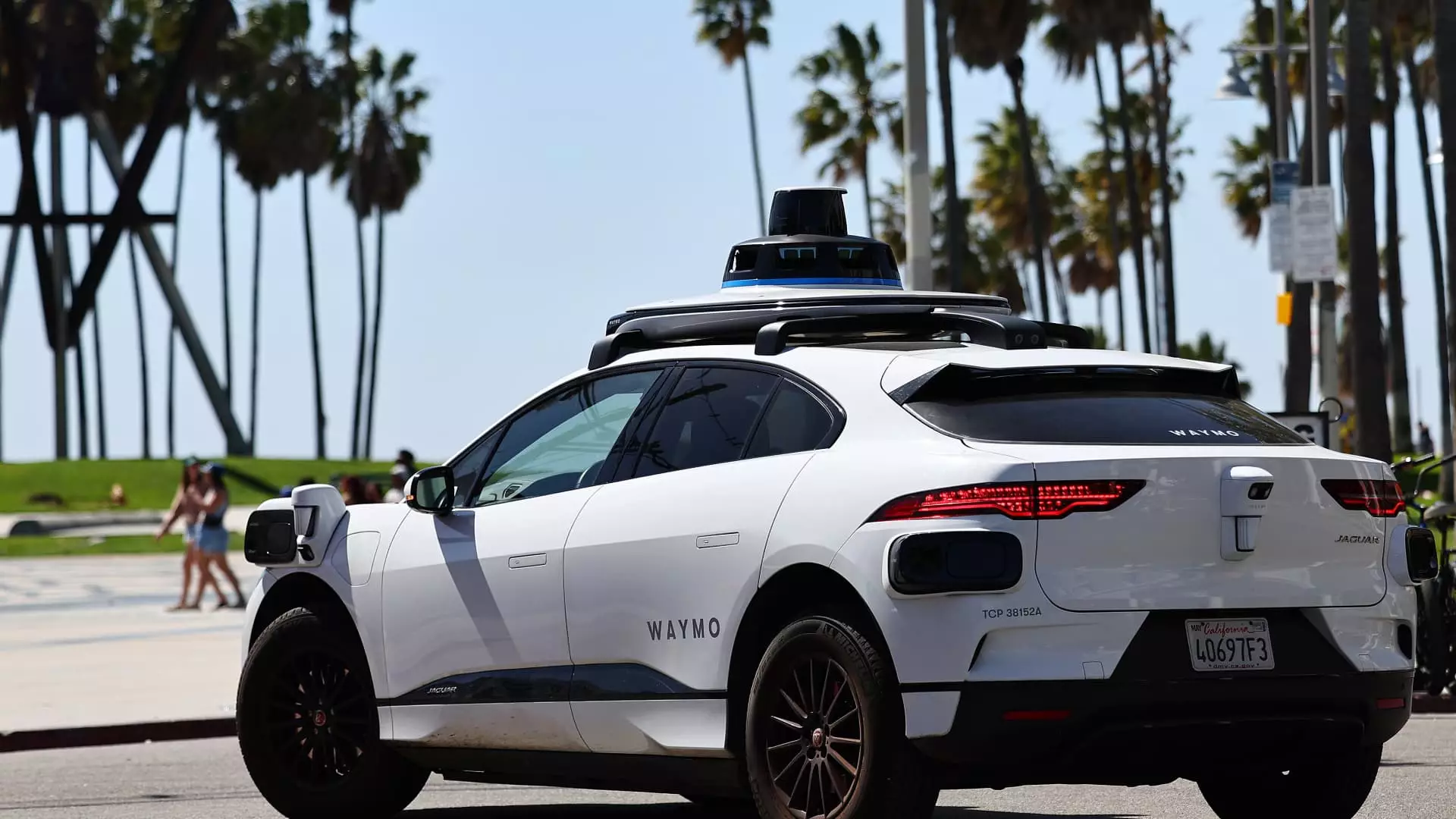In a significant development within the autonomous vehicle industry, Waymo has successfully completed a $5.6 billion funding round, positioning itself for an ambitious expansion of its robotaxi services. This move is part of the company’s ongoing endeavor to enhance its operations in major metropolitan areas, specifically Los Angeles, San Francisco, and Phoenix, while also eyeing new markets such as Austin and Atlanta. The investment round led by Alphabet Inc., Waymo’s parent company, marked a new milestone in its ongoing pursuit of making autonomous vehicles a feasible transportation option.
Waymo’s latest funding round was supported by various prominent investors, including notable venture capital firms like Andreessen Horowitz, Fidelity, and T. Rowe Price. This influx of capital will propel the development of the Waymo Driver technology, allowing for broader business applications beyond mere ride-hailing. Co-CEOs Tekedra Mawakana and Dmitri Dolgov expressed confidence that these investments would drive further integration of Waymo’s autonomous services into urban mobility frameworks, not only in existing markets but also in new ones.
The strategic allocation of resources is pivotal as Waymo aims to amplify its presence in the autonomous vehicle landscape. The total capital raised by Waymo now exceeds $11 billion, demonstrating corporate confidence in the viability of autonomous systems as a transformative technology for urban transport. Alphabet’s commitment to invest up to $5 billion over multiple years underscores its dedication to advancing Waymo’s mission.
Currently, Waymo operates more than 100,000 weekly trips across Los Angeles, Phoenix, and San Francisco through its Waymo One app. This milestone indicates a level of consumer acceptance and operational effectiveness that sets Waymo apart in the competitive field of autonomous vehicles. Notably, the service has resonated particularly well with passengers concerned about safety, including women wary of trusting human drivers and parents seeking reliable transportation for their teenage children.
The choice of partnering with Uber to extend services into Austin, Texas—a city known for its burgeoning tech scene and as the home of Tesla—demonstrates Waymo’s strategic positioning against competitors. As Tesla also pivots towards launching its driverless ride-hailing service, the competition within the autonomous sector is heating up. Yet, Waymo’s established service gives it a competitive edge.
Despite Waymo’s achievements, the industry faces significant hurdles, especially concerning public perception and safety. Recent incidents involving autonomous vehicles, particularly that of GM-owned Cruise where a vehicle was involved in a controversial accident, have raised alarms about the safety of driverless technology and the responsibilities of manufacturers. Waymo’s data suggests its autonomous vehicles experience fewer collisions than human-operated vehicles, yet the company has been proactive in addressing software anomalies and ensuring high safety standards.
Surveys reveal that public skepticism remains a challenge; nearly two-thirds of respondents in a Pew Research Center survey indicated reluctance to utilize driverless cars. This hesitance highlights the considerable work that lies ahead as Waymo seeks to convince consumers of the reliability and safety of its technology. As they strive towards achieving a fully autonomous fleet, the importance of transparent communication and safety record documentation cannot be understated.
Looking forward, Waymo recently entered a multiyear strategic partnership with Hyundai aimed at diversifying its fleet with the hybrid Ioniq 5 electric vehicle. Diversification in vehicle types will enable Waymo to cater to a broader range of passenger needs and preferences, ultimately contributing to its adaptability in various urban environments. Furthermore, testing under adverse climatic conditions—such as winter weather—signals Waymo’s intent to prepare for challenging operational scenarios that extend beyond the traditionally temperate climates of California.
The anticipated rollout of next-generation vehicles, like the Geely Zeekr, enhanced with custom sensors and AI driving technology, will likely further solidify Waymo’s position as a leader in autonomous driving solutions. These advancements, coupled with the ongoing commitment to improving safety and user experience, indicate a promising trajectory for Waymo as it navigates the complexities of the evolving mobility landscape.
As Waymo prepares to integrate its services more deeply into the fabric of urban transportation while addressing public concerns, its progress serves as a beacon for the future of autonomous vehicles. With substantial funding and strategic partnerships, the next few years will be crucial in determining not just Waymo’s success, but the broader acceptance and implementation of self-driving technologies in everyday life.

